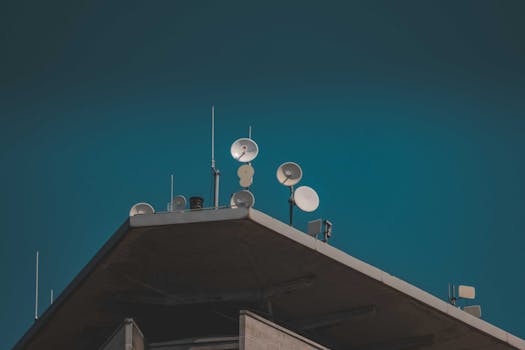MEO Satellites: Revolutionizing Global Communication with Medium Earth Orbit Technology

MEO Satellites: Revolutionizing Global Communication with Medium Earth Orbit Technology
Medium Earth Orbit (MEO) satellites are a type of satellite that operates in an orbit between 2,000 and 36,000 kilometers above the Earth’s surface. This orbit is higher than Low Earth Orbit (LEO) satellites but lower than Geostationary Orbit (GEO) satellites. MEO satellites are becoming increasingly popular due to their unique advantages, which make them an attractive option for a wide range of applications, including satellite communication, navigation, and Earth observation.
Introduction to MEO Satellites
MEO satellites were first introduced in the 1990s, but it wasn’t until recent years that they gained significant attention. The main reason for this is the growing demand for fast and reliable satellite communication services. Traditional GEO satellites have been the backbone of the satellite industry for decades, but they have some limitations, such as high latency and limited coverage. MEO satellites, on the other hand, offer a much faster and more reliable connection, making them an ideal solution for applications that require low latency and high throughput.
How MEO Satellites Work
MEO satellites work by transmitting and receiving signals to and from Earth stations. They are equipped with transponders, which are devices that receive a signal, amplify it, and then re-transmit it back to Earth. MEO satellites are typically used in constellations, which means that multiple satellites are launched into orbit to provide continuous coverage of a specific region or the entire globe. This allows for seamless handovers between satellites, ensuring that the connection remains uninterrupted even when the satellite moves out of range.
The signals transmitted by MEO satellites are received by Earth stations, which are equipped with large antennas that track the satellite as it moves across the sky. The signals are then processed and forwarded to their final destination, which could be a mobile phone, a computer, or any other device connected to the internet. MEO satellites use a variety of frequencies, including Ka-band, Ku-band, and C-band, each with its own advantages and disadvantages.
Advantages of MEO Satellites
MEO satellites have several advantages over traditional GEO satellites. One of the most significant benefits is their lower latency. Because MEO satellites are closer to the Earth’s surface, the signals they transmit have to travel a shorter distance, resulting in a lower latency. This makes MEO satellites ideal for applications that require real-time communication, such as video conferencing, online gaming, and live streaming.
Another advantage of MEO satellites is their higher throughput. MEO satellites can handle a larger amount of data than GEO satellites, making them suitable for applications that require high-speed data transfer, such as broadband internet access and data backup. MEO satellites are also more resistant to interference and jamming, which makes them a more secure option for military and government applications.
Applications of MEO Satellites
MEO satellites have a wide range of applications, including satellite communication, navigation, and Earth observation. They are used by mobile network operators to provide 2G, 3G, and 4G connectivity in remote and underserved areas. They are also used by governments and military agencies to provide secure communication services. In addition, MEO satellites are used for navigation purposes, such as providing location information and timing signals.
MEO satellites are also used for Earth observation purposes, such as monitoring weather patterns, tracking natural disasters, and observing the environment. They can provide high-resolution images of the Earth’s surface, which can be used for a variety of applications, including agriculture, forestry, and urban planning.






